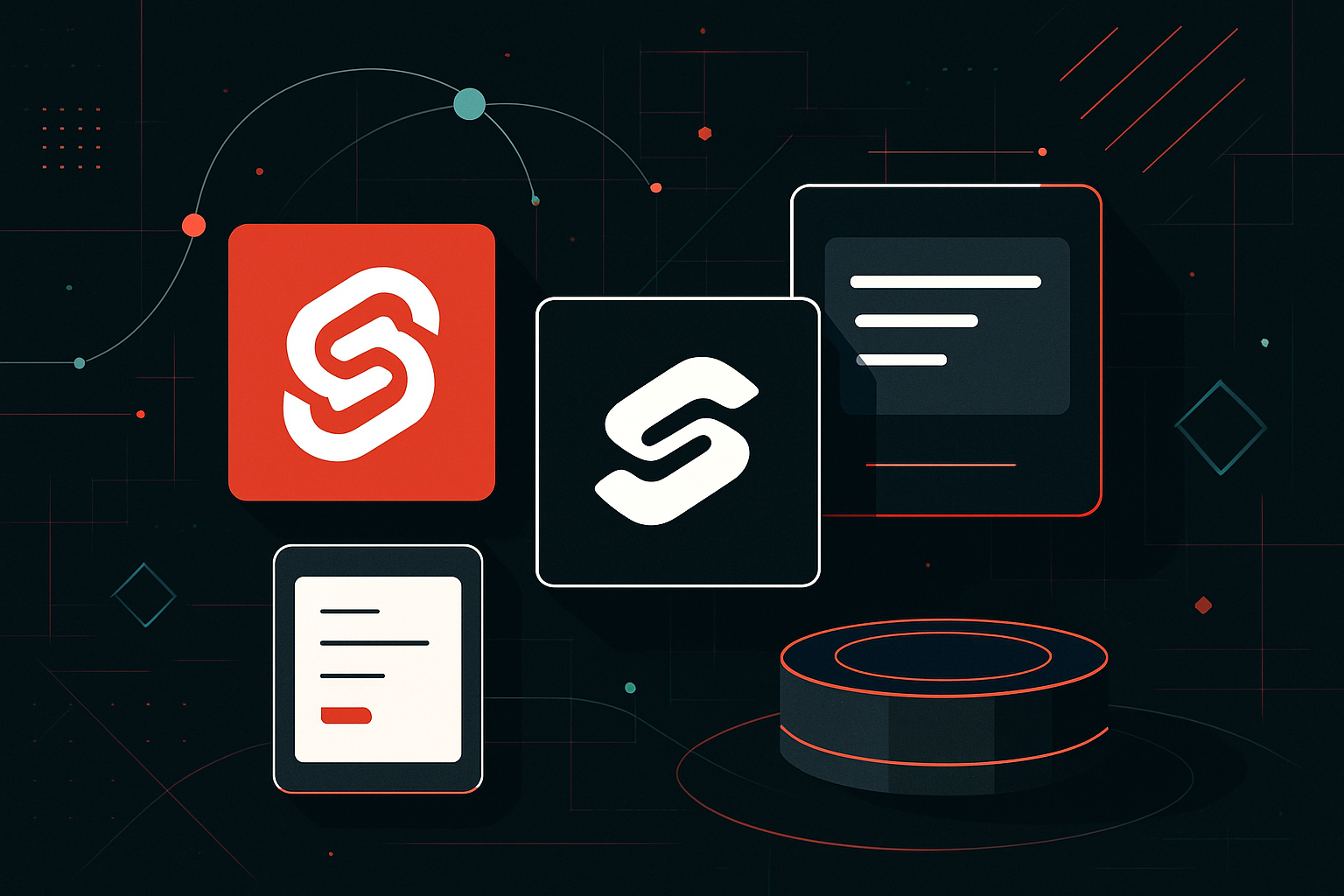Next.js 14 Features You Shouldn’t Miss

Enhanced Server Components
Next.js 14 builds upon the server components model introduced in previous versions, offering improved performance and greater flexibility in rendering logic. One of the key enhancements is the ability to fetch data directly within server components, eliminating the need for additional API routes or client-side data fetching.
Example: Fetching Data in Server Components
import { fetchData } from '../lib/api';
export default async function ServerComponent() {
const data = await fetchData();
return (
<div>
<h1>{data.title}</h1>
<p>{data.content}</p>
</div>
);
}
This approach reduces the amount of JavaScript sent to the client and can improve loading times significantly.
Improved App Router
The App Router in Next.js 14 introduces a more intuitive and powerful routing system. This includes support for nested layouts, parallel routes, and improved route transitions, allowing developers to create more complex and dynamic applications.
Nested Layouts Example
// app/layout.js
export default function Layout({ children }) {
return (
<div>
<Header />
<main>{children}</main>
<Footer />
</div>
);
}
// app/page.js
export default function Page() {
return <h1>Welcome to the Homepage</h1>;
}
This structure allows for a consistent layout while enabling dynamic content rendering within the main tag.
React Server Components (RSC) Support
Next.js 14 enhances its support for React Server Components, allowing developers to create more efficient applications by leveraging server-side rendering capabilities. This feature helps in reducing client-side JavaScript bundle sizes and improves application speed.
Middleware Improvements
Middleware in Next.js 14 has been optimized for performance and flexibility. Middleware now supports conditionally running based on specific routes and can be used to manage authentication, logging, and more.
Example: Conditional Middleware
// middleware.js
export function middleware(req) {
if (req.nextUrl.pathname.startsWith('/dashboard')) {
// Perform authentication check
}
}
By targeting specific routes, middleware can be applied more strategically, improving overall application performance.
TurboPack: Faster Builds
Next.js 14 introduces TurboPack, a new, high-performance build tool designed to drastically reduce build times. TurboPack leverages Rust and WebAssembly to provide faster builds compared to traditional JavaScript-based tools.
Comparison Table: Build Tools
| Feature | TurboPack | Webpack |
|---|---|---|
| Build Speed | Fast | Moderate |
| Language | Rust | JavaScript |
| Configuration | Simple | Complex |
| Tree Shaking | Yes | Yes |
Enhanced Image Component
The Image component in Next.js 14 has been upgraded to optimize performance further. It includes automatic image format selection based on the user’s browser, more efficient lazy loading, and better support for responsive images.
Example: Responsive Image
import Image from 'next/image';
export default function ResponsiveImage() {
return (
<Image
src="/images/example.jpg"
alt="Example"
width={500}
height={300}
layout="responsive"
/>
);
}
Advanced Analytics
Next.js 14 provides enhanced analytics capabilities, offering developers deeper insights into application performance and user behavior. This includes real-time metrics, error tracking, and detailed reports on server-side rendering performance.
New API Routes Features
API routes in Next.js 14 now support middleware, enabling pre-processing of requests and enhanced security features. Developers can use these routes to create API endpoints with greater flexibility.
Granular Caching Controls
Caching in Next.js 14 has been improved, giving developers more granular control over caching strategies. This includes support for custom cache keys and improved invalidation logic.
Example: Cache-Control Header
export default function handler(req, res) {
res.setHeader('Cache-Control', 'public, s-maxage=10, stale-while-revalidate=59');
res.json({ data: 'cached data' });
}
Incremental Static Regeneration (ISR)
ISR has been further enhanced in Next.js 14, allowing for more efficient updates of static pages. This includes better handling of edge cases and improved performance during page regeneration.
Enhanced Error Handling
Error handling in Next.js 14 is more robust, providing developers with clearer error messages and stack traces. This aids in quicker debugging and improves the developer experience.
Improved TypeScript Support
Next.js 14 offers improved TypeScript support, including faster type-checking, better integration with TS features, and improved developer tooling.
Optimized Development Experience
Several improvements have been made to the development experience in Next.js 14, including faster hot module replacement (HMR) and better support for monorepos.
Ecosystem and Community Growth
Next.js 14 has seen significant growth in its ecosystem, including a wider range of plugins and integrations, enhancing the framework’s versatility and usability in various projects.





0 thoughts on “Next.js 14 Features You Shouldn’t Miss”